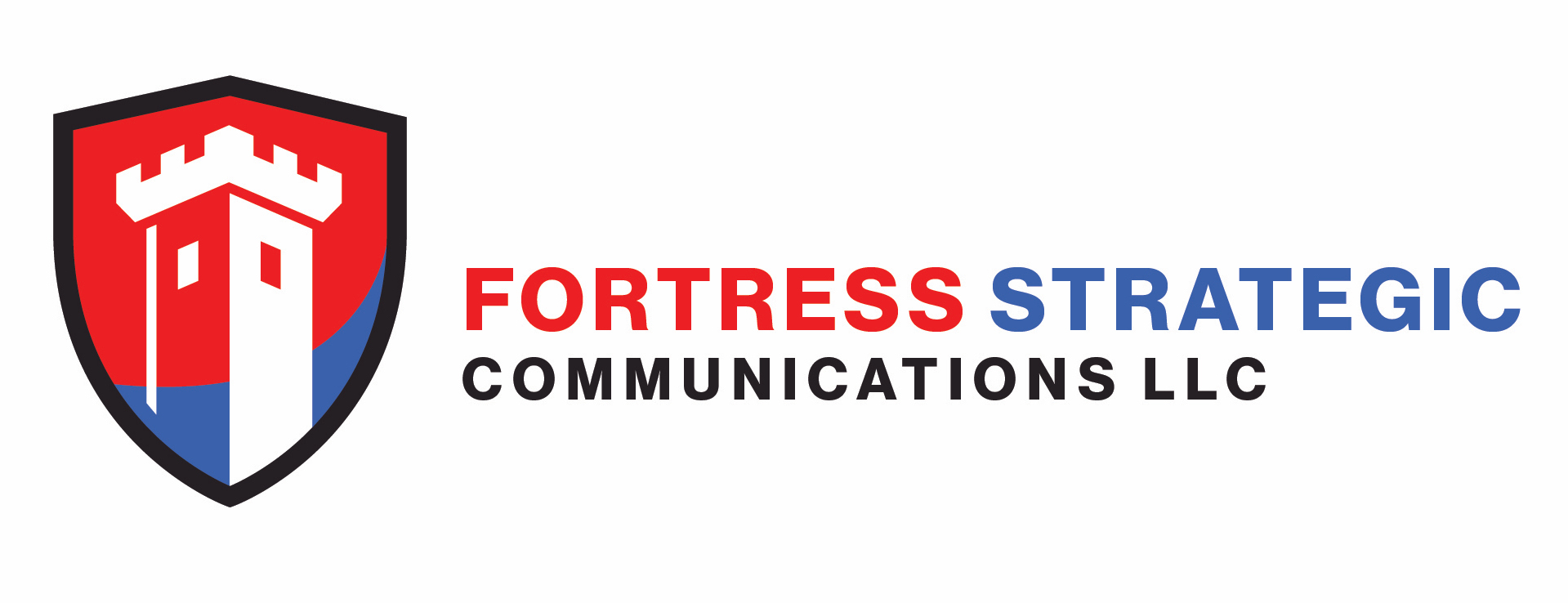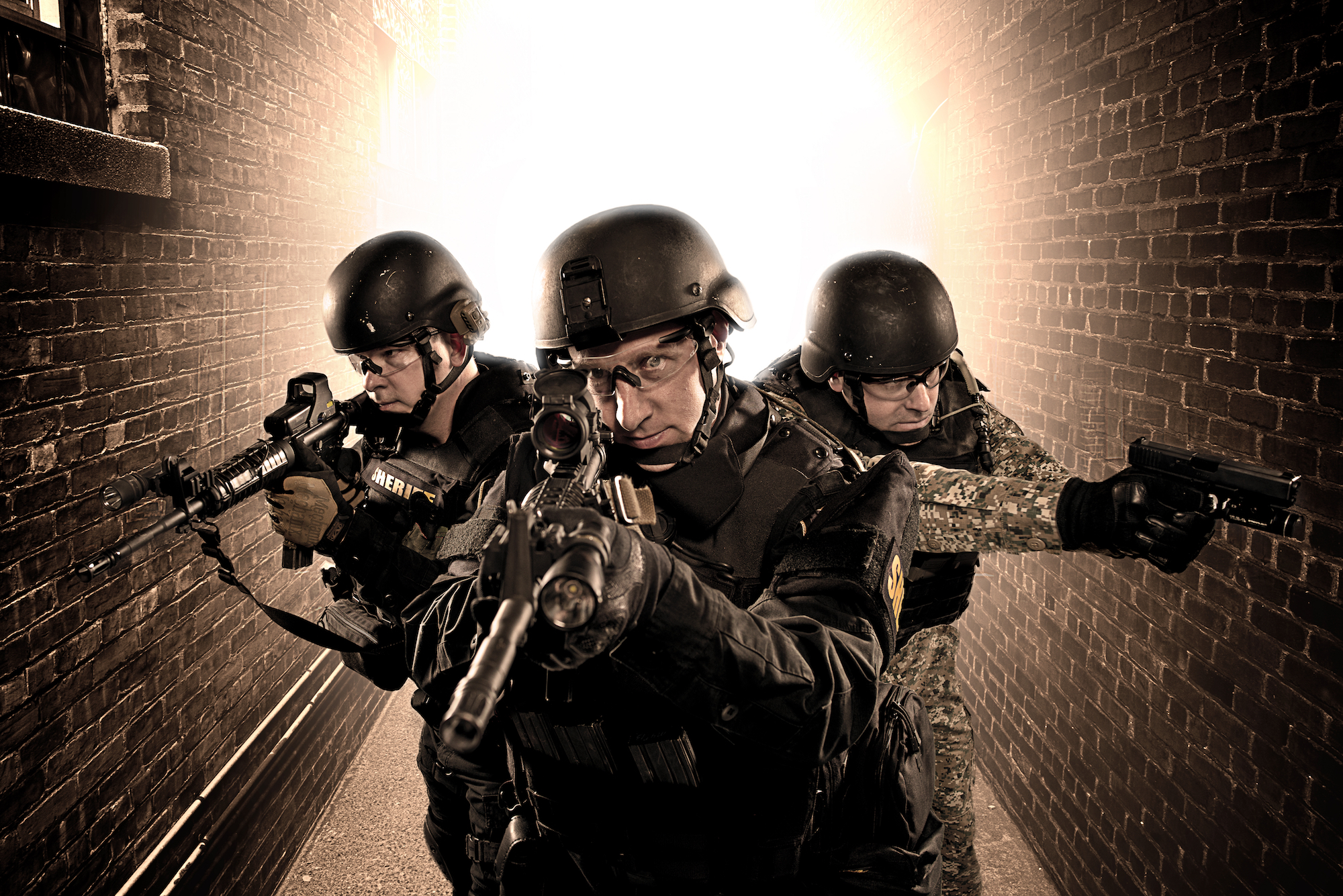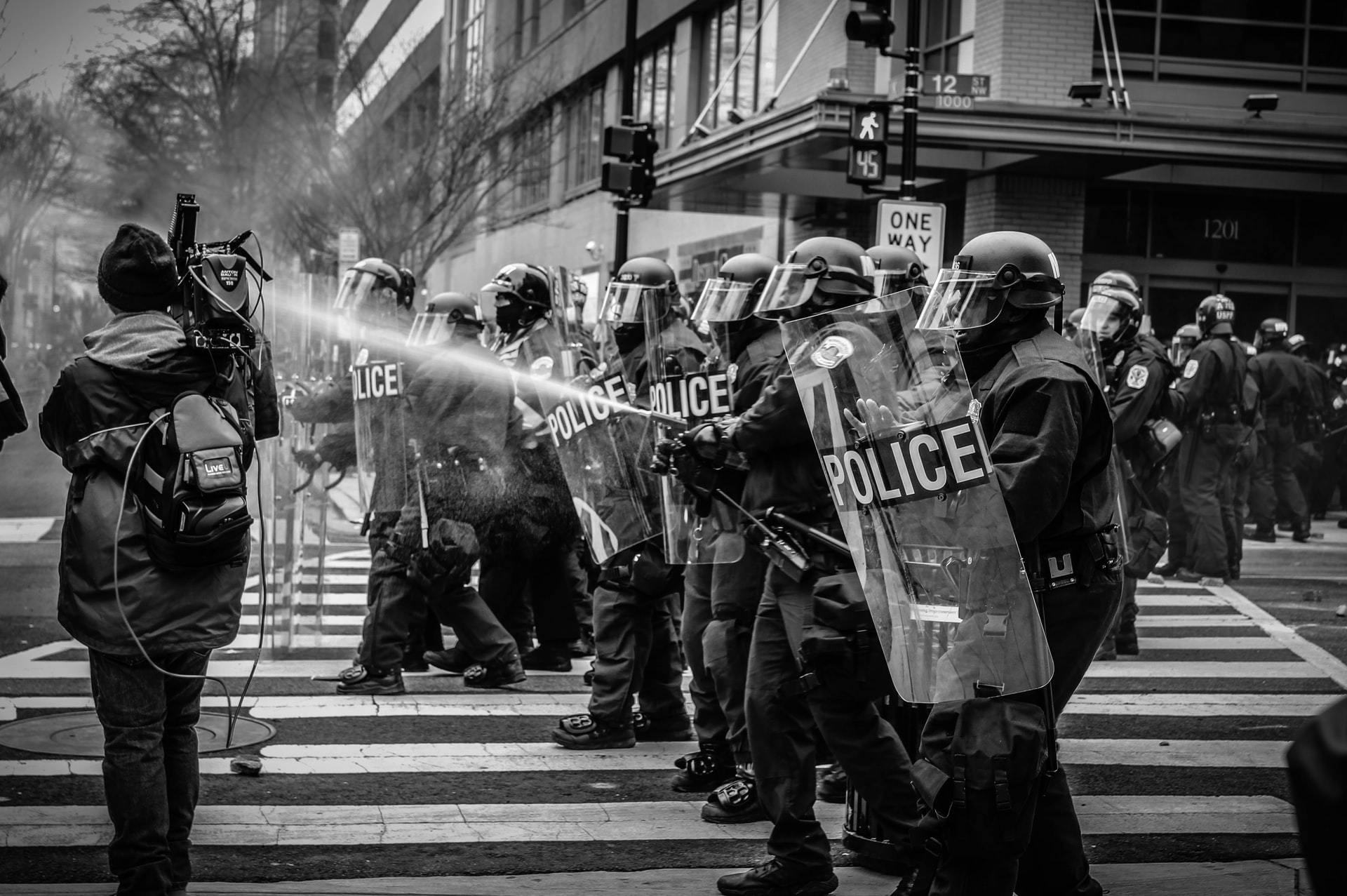
FOUR GREAT PR LESSONS FROM THE NEW YORK STATE POLICE
The New York State Police (Troopers) exhibit at the recent 2017 New York State Fair provided several significant public relations (PR) lessons. Many people were drawn to the State Troopers’ amazing venue out of simple curiosity, but they left with new perspectives and a greater appreciation of the vital role Troopers play in society. The PR goodwill and promise of lasting benefits were phenomenal on many levels.
The public Tweeted, filmed, and Instagrammed their experiences at the fair. Through live interactive displays, the troopers found an excellent way to not only smash through often ill-conceived and negatively biased perceptions of their brand, but to also showcase their wealth of skills and show how they keep us safe day to day. Teams demonstrated high-tech vehicles, rappelled from towers, and even dove in tanks. They engaged with and embraced the public, fostered new relationships and enhanced existing ones, and built proactive and positive, memorable experiences that will continue to deliver public relations benefits over the long term.
Here are four valuable PR lessons from the K9 Unit, the Special Operations Response Team, and the Dive Team at the NY State Troopers’ state fair exhibit:
BRAND INTERACTION
One of the most challenging issues for custodians of non-consumer brands is to galvanize the broader public to interact with their brand. The challenge increases when the brand is not generally accessible to the broader public. The New York State Police Canine Unit did an outstanding job of breaking down barriers and taking their brand to the public through meaningful real-world interaction.
The New York State Police Canine Unit, launched in 1975 with only three dogs and their handlers, provides services such as narcotics and explosives detection, tracking, building searches, and suspect apprehension. At the fair, children visited with the dogs as K9 handlers explained how dogs are trained and how they carry out their duties.
Many attendees walked away with a greater understanding of how the unit functions, the extensive training that K9s and their handlers go through, and the complex challenges troopers face as part of their everyday life. Perception barriers tumbled, and respect and appreciation grew.
The lesson? Brand interaction is critical. Many companies think they are covered because they “do marketing” or “have PR,” and fail to appreciate the critical importance of building, nurturing, and managing relationships with stakeholders. Actively engaging constituents on a regular basis breaks down barriers, dispels myths, clarifies messaging, and offers real opportunities to build trust and understanding.
Brand interaction also eases crisis management when trouble strikes. When stakeholders understand a brand and its values, they will be more likely to take a more objective and lenient point of view when negative stories—real or imagined—pop up. Lack of familiarity with a brand, on the other hand, can cause consumers to leap to wild speculation and negative sentiment, leaving the brand vulnerable to further erosion during a crisis situation. Brands that regularly engage with stakeholders are better able to monitor negative chatter and take the necessary steps to reduce brand damage ahead of the game.
TEAM POWER AND TEAMWORK
Becoming a member of the New York State Police’s elite Special Operations Response Team (SORT) takes drive and dedication. Indeed, the bar is set very high.
SORT was created in 1980 to provide a tactical response element for the Winter Olympics in Lake Placid. Since then it as grown to include SORT teams across New York State conducting counterterrorism operations; hostage rescue; high risk/violent felony arrests; searches for escapees/wanted subjects; select civil disturbance/crowd control; and high angle rope rescue. SORT teams train and respond daily to high-risk events across the state.
For SORT Troopers — and for PR consultants — working in teams is essential to success. However, many PR consultants still narrowly define “team” as a small group of associates working on an account. This perspective can feed the infamous “Us vs. Them” mindset. In my 20-plus years of global experience, I have witnessed the disastrous consequences of this damaging thought pattern.
A broader, more nuanced perspective is to see the team as a value chain, integrated from start to finish. For example, when the SORT team is involved with a case or mission, they do not work in isolation. They rely on necessary backup from other State Police units, additional police agencies, EMS, eyewitnesses, etc. All these agencies and individuals form part of their team and are engaged as needed.
Similarly, the PR consultant’s value chain must include not only the PR team working on a particular project, but also the client, media, support teams, various vendors and third-party suppliers, etc. The lesson? If this PR extended team (value chain) is to be successful, then all links — all stakeholders — must see all the other components as part of their own value chain. Typically, just as with SORT, each component of the PR team will need to deliver on their commitments, act with integrity, be trustworthy, be committed to the task at hand, be accountable (the blame game does not work), deliver the targeted results, and be flexible enough to work with changing situation dynamics.
Of course, building an extended PR team can be easier said than done—but it can be done. The first task is to help the different links in the chain broaden their vision, as there is often a tendency toward a narrow view of the job at hand, territorial behavior, and a failure to see the value of integrated teamwork within a broader value chain.
BE STRATEGIC: HAVE FLEXIBLE PLANS
The New York State Police Dive Team, operational since 1932, is the oldest public safety dive team and the largest law enforcement public safety dive team in the United States. The unit responds to approximately 240 calls per year and undertakes an average of 1,800 dives in New York State waters to recover victims, vehicles, aircraft, weapons, and evidence.
Underwater recovery teams work in precarious situations. Recovery and rescue methodologies do not exist in isolation: they are intrinsically linked to visibility, the battle against time, the vagaries of Mother Nature, emotional pressure (such as finding the body of a drowned child), media scrutiny, dealing with crime scenes off the beaten track, etc.
Scuba diving and underwater recovery in particular are not as simple as putting on a wet suit and jumping in the water. Underwater work involves meticulous attention to detail, understanding the technical aspects of a dive (using different gases that can increase depth limits and/or dive times) multitasking, and time management. Interestingly, underwater descents and ascents are of equal importance, both risky if performed incorrectly.
Ultimately, underwater recovery requires a strategy and plan–critical elements of a successful mission. The scuba divers’ motto is “plan your dive and dive your plan.” Divers work together to share approaches, insights, opinion, intelligence, etc. They never approach a dive without some understanding of the mission ahead, its inherent risks, and possible strategies.
When situations change rapidly underwater, divers can’t simply walk into a boardroom and brainstorm a solution on a whiteboard. As events unfold, divers must often make quick decisions to save their lives or rescue another. Working as partners, divers learn to read a situation both intuitively and analytically, support each other, and communicate clearly. They focus on maintaining safety, streamlining procedures, and preserving evidence.
Whether you are a brand custodian managing a crisis, launching a new solution, or simply maintaining the reputation of your product, strategy and planning are crucial. While the devil is always in the details, it is also important to avoid getting caught up in the details. The takeaway from the dive team? A nimble approach pays off. Client needs, customer habits, the media, and business and marketing environments can change so quickly that strategies must be flexible and plans malleable. Put differently, there will always be variables. So expect them—and accept them.
LEARNING AND PRACTICING: A NEVER ENDING STORY
One specialized area SORT team members master is the use of ropes for a variety of theatres. The basic ropes course takes three weeks of intense training. After that, consistent retraining and practice keeps troopers ready to respond quickly and decisively.
Similarly, PR and branding need to not only be up to date on current issues and trends, but also on the implementation of new technologies and content delivery tools. For example, when blogs first hit the scene, many PR consultants had to develop blogging skills (not that it marked a big shift in our writing style). Then came social media with Twitter, Facebook, YouTube, Instagram, LinkedIn, Pinterest, etc.
The PR and marketing world had to change mindset, strategies, and skills, and incorporate new conduits to reach stakeholders. They had to create and launch new services and solutions including content marketing. (We have always done this, just under a different guise). They needed to develop skills in online reputation management, keep up with new applications, monitor social media, etc.
As the SORT team demonstrates, skills development never ends. The lesson? Strong PR teams hone skills via frequent use and keep current with new solution releases and updates, consistently delivering value to stakeholders. In the rapidly changing arena of reputation management, effective consulting and management depends on the ability to master core social media channels and maximize the potential of current technology to deliver content to promote positive public perception of brands.
Companies need to rethink what might be outdated internal processes and methodologies. At all costs, resist the ‘we have always done our PR like this’ mantra. And, when implementing a new communications channel, a one-off training session for employees should not be the norm; rather, repetitive training schedules and ongoing refresher courses should be the order of the day. Training enhances clear communication and unity and allows teams and individuals to deliver value with confidence. Clients pay for this and expect nothing less.
As consumers and local and global citizens, we see and interact with hundreds of brands on a daily basis. Brands that engage consumers and citizens have better opportunities to build bridges and relationships than those who rely on a one-way pushed communication. A foundation built on teamwork, flexibility, and training ensures effective response, strength, and resiliency. A big salute to the New York State Troopers and all other law enforcement agencies and first responders for being inspirational role models and showing us how to persevere and come out on top during challenging times.
—ENDS—
About Fortress Strategic Communications:
Fortress Strategic Communications provides specialized strategic public relations and crisis communications consulting to companies that offer products, services, and solutions designed to manage and mitigate all types of risk. FSC also provides market specific solutions for data breach events and counsels startups looking to enter the risk management arena. The company draws on their executives’ combined 20 years of global experience in a broad array of vertical markets. For more information please visit www.fortresscomms.com or contact us via [email protected]







